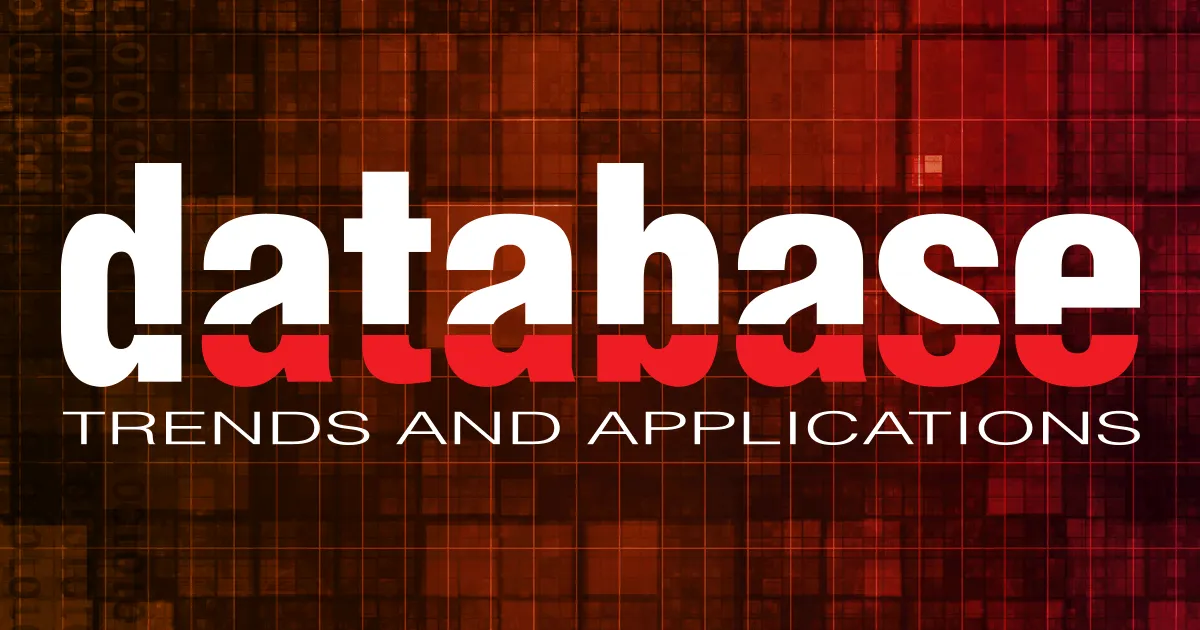Centralized, Modern Apps: Overcoming Scattered, Siloed Infrastructures

Centralized Apps and Siloed Infrastructures
Producing centralized, modern apps is becoming indispensable for organizations contending with scattered, siloed infrastructures. These outdated setups often frustrate efforts to harness data effectively, hindering businesses from fully extracting value from key trends, relevant insights, and prescriptive actions.
The Importance of Data Integration
- Enhancing Decision Making: Centralized applications streamline processes, enabling executives to make timely decisions based on real-time data.
- Driving Operational Efficiency: Integrating various systems reduces redundancy, lowers operational costs, and fosters better communication across departments.
- Customer Focus: A holistic view of customer interactions allows for tailored services and improved user experiences.
Strategies for Transitioning
- Assess the current landscape and identify data silos.
- Develop a clear roadmap for integration.
- Leverage cloud solutions for scalable infrastructure.
- Engage stakeholders throughout the implementation process.
By shifting focus towards centralized, modern applications, organizations can adapt to changing demands while ensuring they stay competitive in an evolving business landscape. For further insights, consult authoritative sources about this transition.
This article was prepared using information from open sources in accordance with the principles of Ethical Policy. The editorial team is not responsible for absolute accuracy, as it relies on data from the sources referenced.